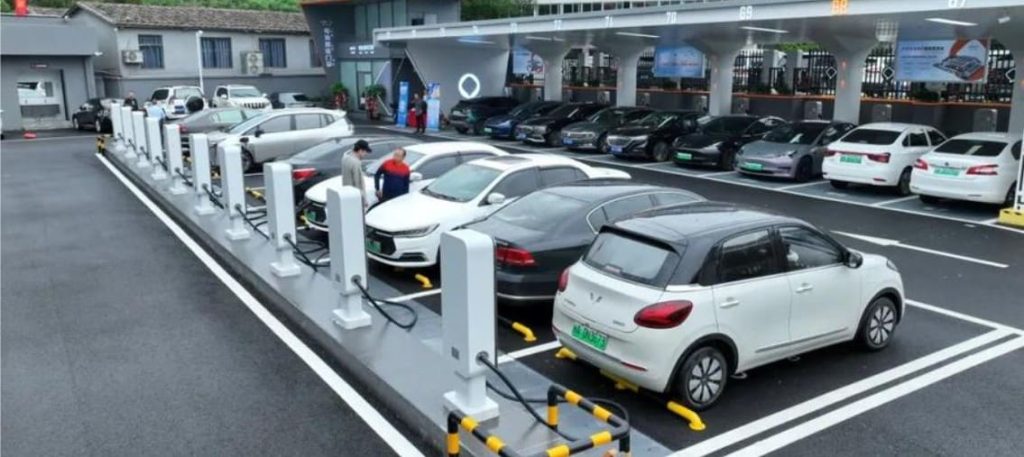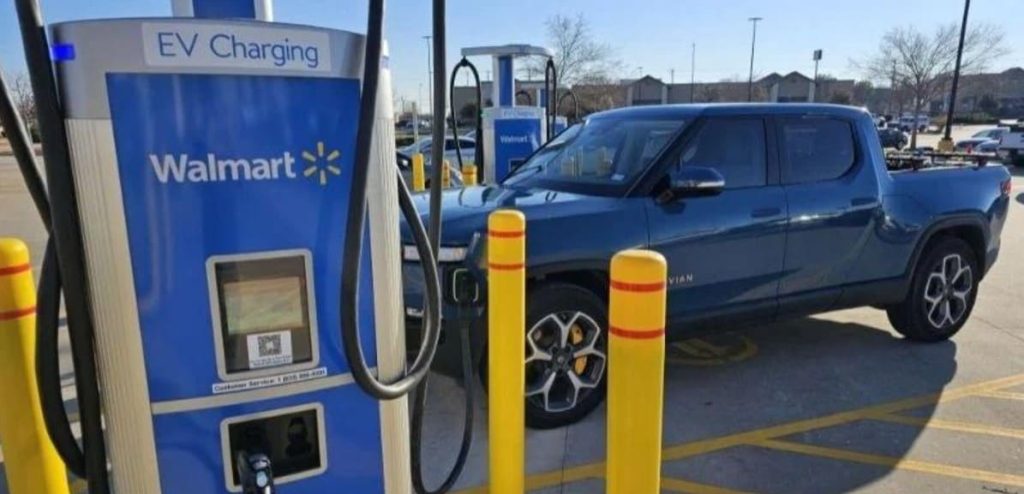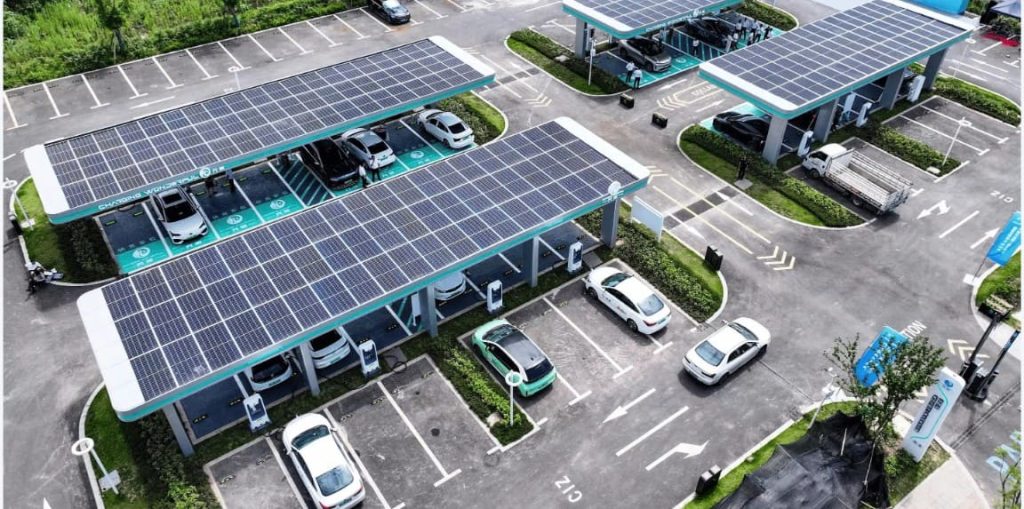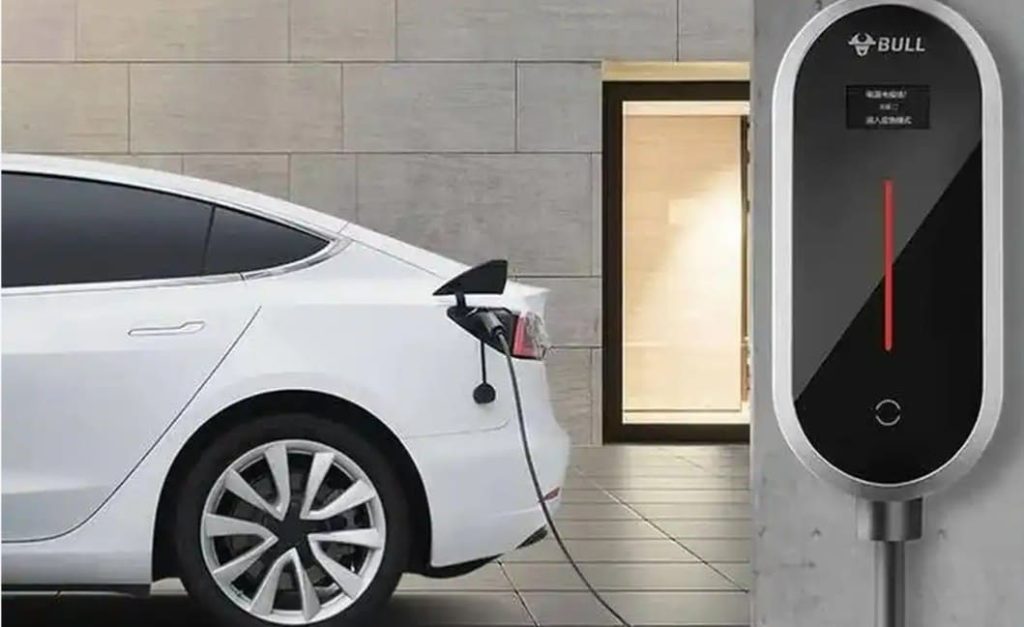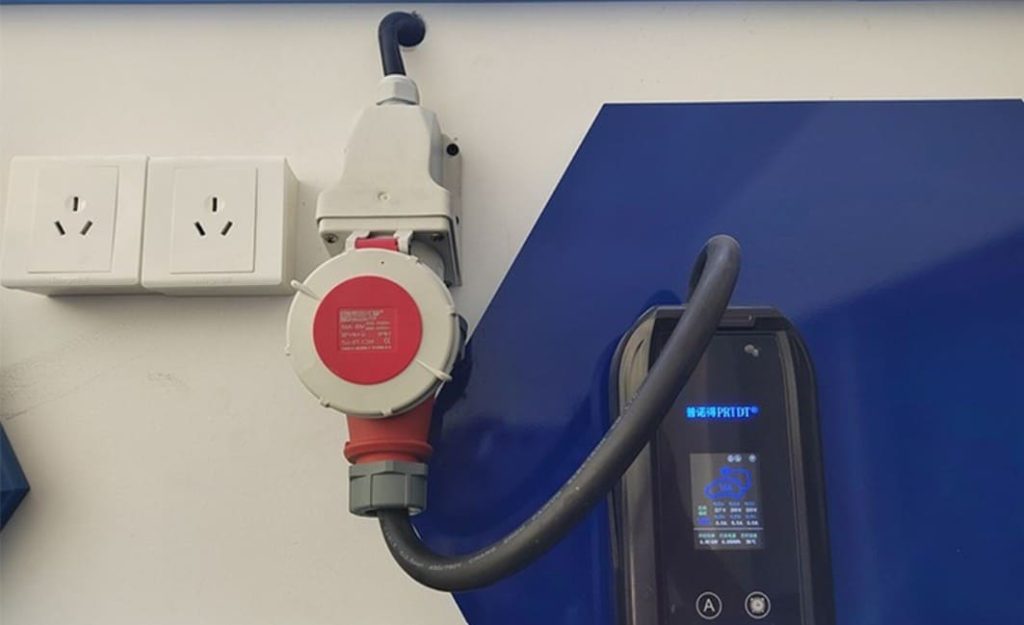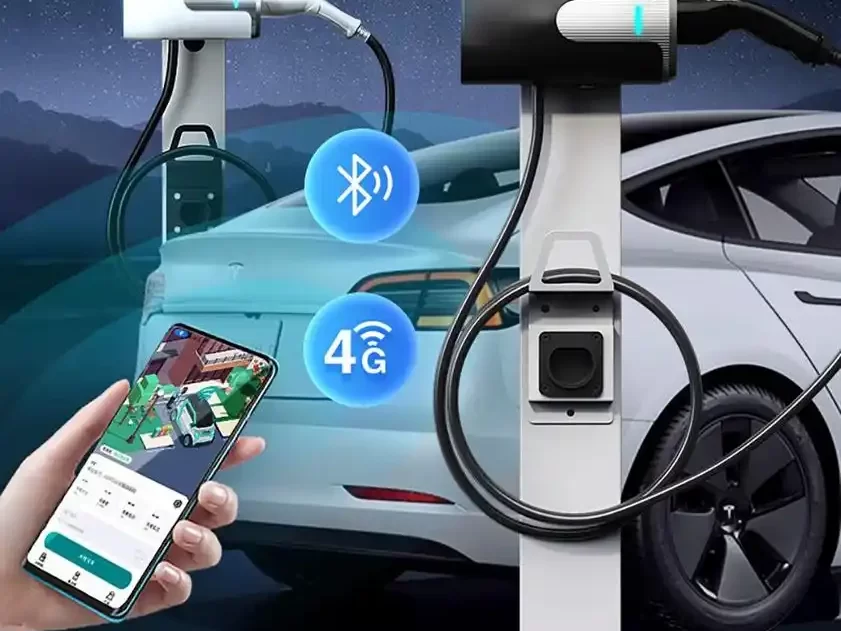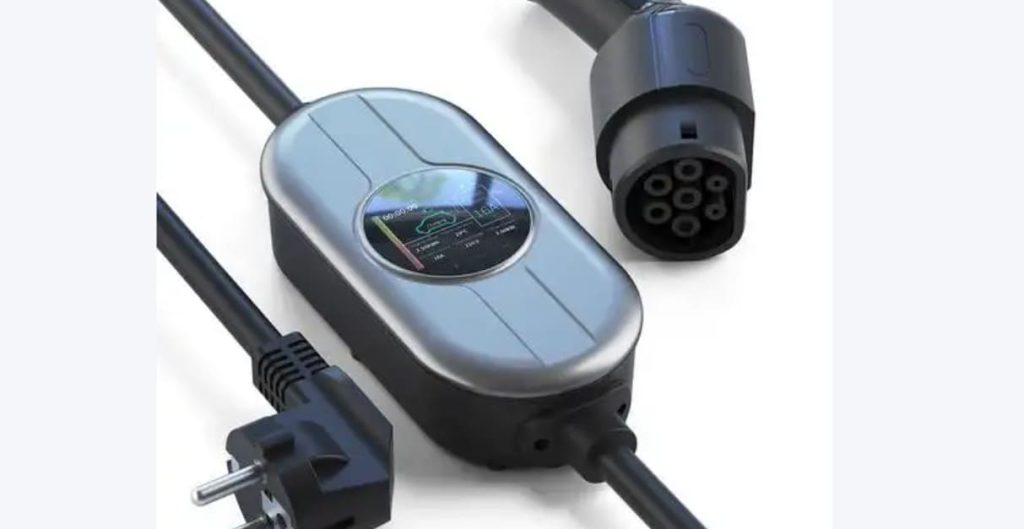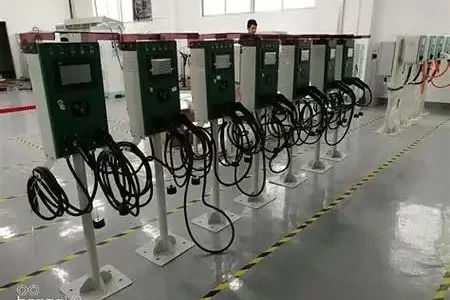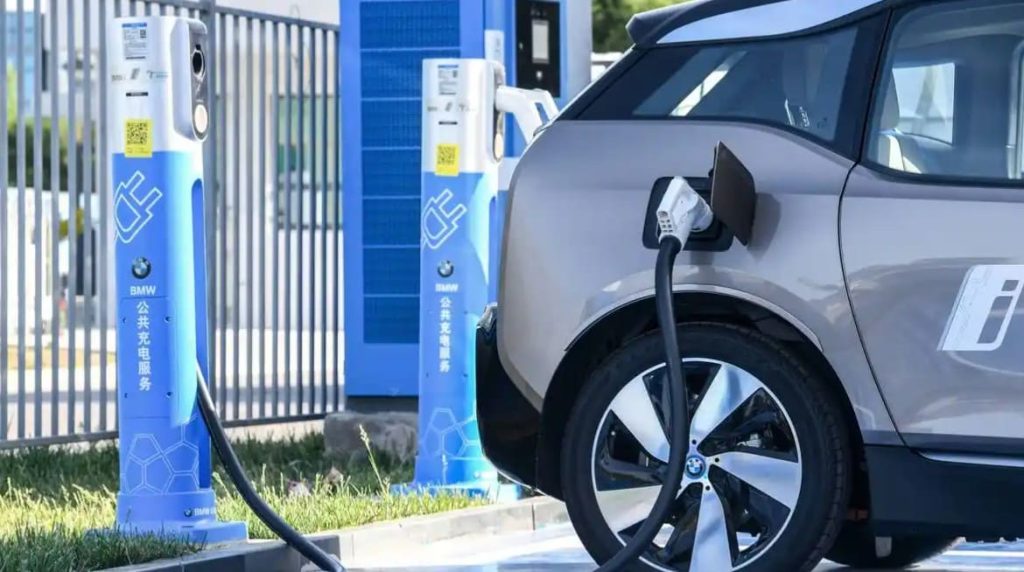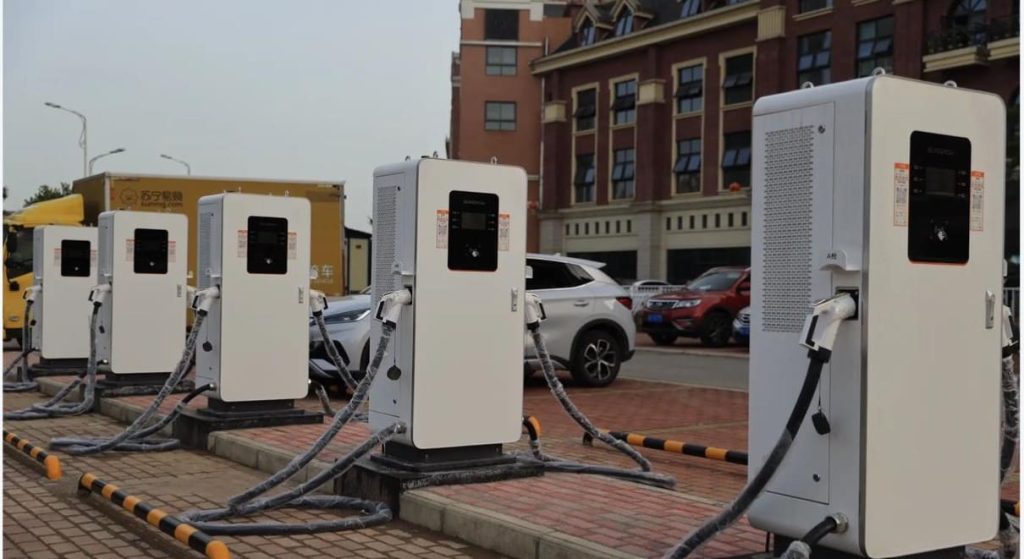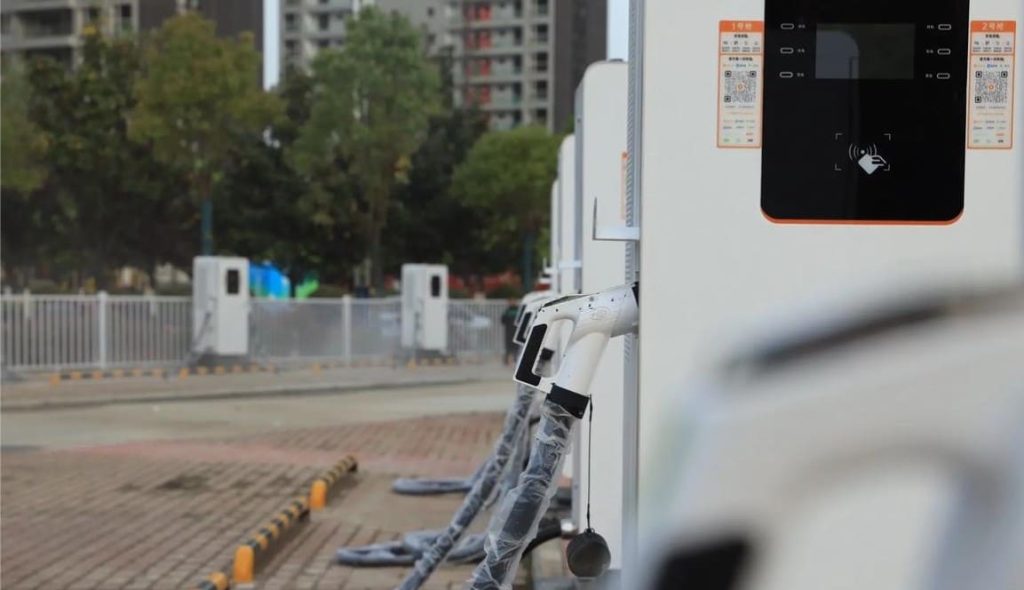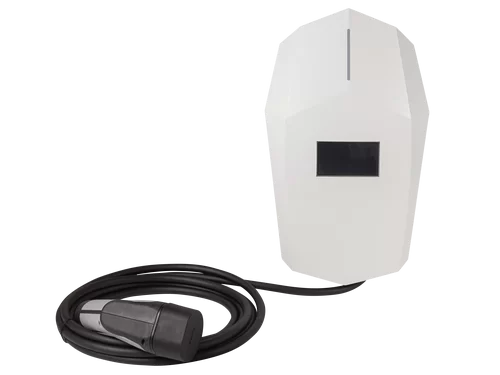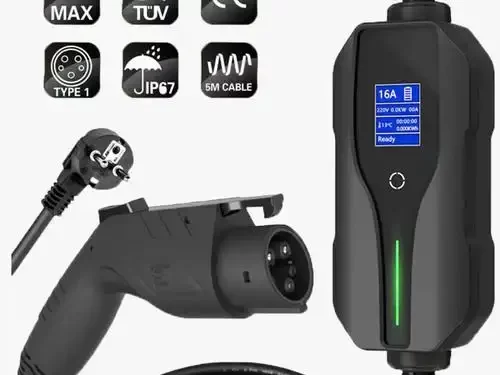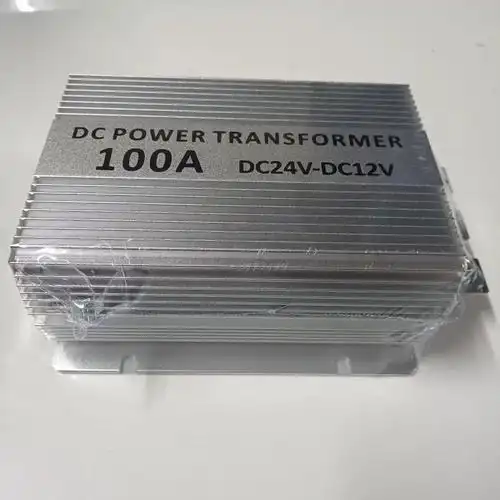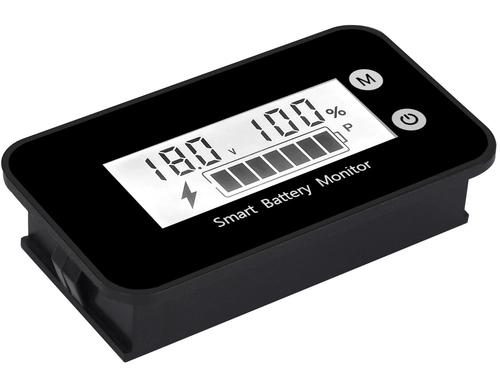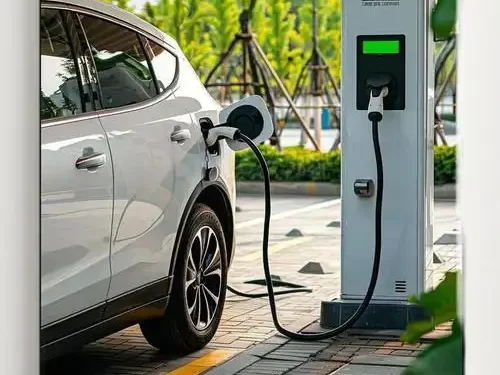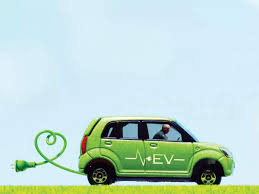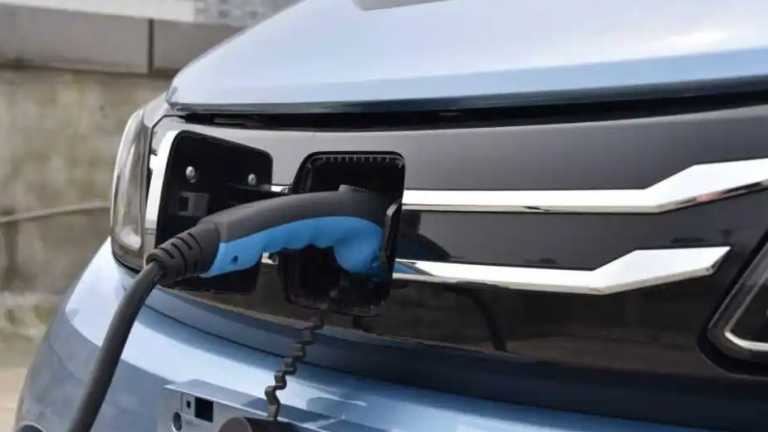Charger Level 1, 2, 3
What are charger levels?
Charger levels refer to different categories or types of electric vehicle (EV) chargers that offer varying charging speeds and power levels. These levels are standardized and help differentiate the charging capabilities and requirements of different chargers. Let’s delve into each charger level in more detail:
Level 1 Chargers:
Level 1 chargers are the most basic type of electric vehicle (EV) chargers commonly used for residential charging. They are typically provided as standard equipment when purchasing an electric vehicle and are designed for use with a standard household electrical outlet, also known as a 120-volt AC outlet. Level 1 chargers offer a relatively slow charging speed compared to higher-level chargers, but they provide a convenient and accessible option for EV owners.
Level 1 chargers are straightforward to use, requiring no special installation or electrical modifications. EV owners simply plug the charger into a standard household outlet, and the charger’s cable is connected to the electric vehicle for charging. This simplicity makes Level 1 chargers an ideal choice for home charging, workplace charging, or any location with access to a standard electrical outlet.
One of the main advantages of Level 1 chargers is their wide availability and compatibility. Since they utilize standard household outlets, Level 1 chargers can be used virtually anywhere there is access to electricity. This convenience allows EV owners to charge their vehicles using existing electrical infrastructure without the need for additional investments or modifications.
However, Level 1 chargers offer a relatively slow charging speed compared to higher-level chargers. They typically deliver a charging rate of around 2 to 5 miles (3 to 8 kilometers) of range per hour of charging, depending on the vehicle’s battery capacity and charging efficiency. As a result, Level 1 chargers are most suitable for situations where longer charging times are available, such as overnight charging at home or during extended periods parked at the workplace.
Level 1 chargers are particularly beneficial for daily commuting scenarios where EV owners have sufficient time between trips to charge their vehicles. For example, if an EV owner drives 30 miles (48 kilometers) per day and has approximately 10 hours available for overnight charging, a Level 1 charger can provide a full recharge for the next day’s commute.
While Level 1 chargers may have a slower charging speed, they still offer valuable benefits. They provide a convenient option for EV owners who have access to a standard outlet but may not have dedicated charging infrastructure available. Level 1 chargers are also cost-effective, as they require no additional installation or special equipment beyond the charger itself.
Additionally, Level 1 charging can be an effective solution for EV owners who primarily rely on Level 2 or Level 3 chargers for their daily charging needs but occasionally require a backup or supplemental charging option. Having a Level 1 charger allows EV owners to plug in and charge wherever a standard electrical outlet is available, providing flexibility and peace of mind.
It’s important to note that Level 1 chargers may not be suitable for all EV owners, especially those with higher daily driving requirements or limited charging time. In such cases, a higher-level charger, such as a Level 2 charger, may be more appropriate to ensure faster charging and meet the EV owner’s specific needs.
In conclusion, Level 1 chargers are the most basic type of EV chargers commonly included with electric vehicles. They are designed for use with standard household outlets, providing a slow charging speed but convenient accessibility. Level 1 chargers are ideal for home charging, workplace charging, or any location with access to a standard electrical outlet. While they may not offer the fastest charging speeds, Level 1 chargers provide a cost-effective and practical solution for EV owners who have longer charging periods available or require a backup charging option.
Level 2 Chargers:
Level 2 chargers are a type of electric vehicle (EV) charger that offers faster charging speeds compared to Level 1 chargers. They are commonly used for residential, commercial, and public charging installations, providing a convenient and efficient charging solution for EV owners.
Level 2 chargers require a dedicated 240-volt AC circuit and are typically installed with a charging station that provides a designated parking spot for EV charging. This level of charger offers a significant improvement in charging speed compared to Level 1 chargers, reducing the time required to recharge an electric vehicle.
One of the key advantages of Level 2 chargers is their enhanced charging speed. They typically provide a charging rate of around 10 to 30 miles (16 to 48 kilometers) of range per hour of charging, depending on the specific charger and the electric vehicle’s capabilities. This faster charging speed is especially beneficial for EV owners who require quicker recharges or have higher daily driving distances.
Level 2 chargers are suitable for various scenarios, including residential charging at home, workplace charging, and public charging stations. Homeowners can install Level 2 chargers in their garages or driveways, providing a convenient and reliable charging solution for their EVs. This allows for overnight charging or extended periods parked at home, ensuring the vehicle is ready for the next day’s use.
Workplace charging with Level 2 chargers offers significant benefits to employees who drive electric vehicles. By providing charging infrastructure at the workplace, employers can support their employees’ adoption of electric vehicles and promote sustainable commuting. Level 2 chargers enable employees to charge their vehicles during working hours, maximizing their driving range and reducing reliance on public charging infrastructure.
Public charging stations equipped with Level 2 chargers play a crucial role in expanding the charging infrastructure and supporting EV adoption. These charging stations are strategically located in public areas, shopping centers, parking lots, and other high-traffic locations, offering EV owners the opportunity to recharge their vehicles while running errands or during longer stops.
The installation of Level 2 chargers typically involves professional electrical work, as they require a dedicated 240-volt circuit. An electrician will install the necessary electrical wiring, a dedicated circuit breaker, and mount the charging station in the desired location. While the installation process may incur additional costs, it ensures a safe and compliant charging setup.
To use a Level 2 charger, EV owners need to connect their vehicle to the charger using a compatible charging cable. Many Level 2 chargers come with universal connectors or adapters that can accommodate different EV models. However, it’s always recommended to verify the compatibility between the charger and the specific electric vehicle.
Some Level 2 chargers offer additional features and capabilities to enhance the charging experience. For example, certain models may provide Wi-Fi connectivity or integration with mobile applications, allowing users to monitor and control the charging process remotely. These smart features enable EV owners to check the charging status, set charging schedules, and receive notifications on their mobile devices.
It’s important to note that Level 2 chargers require proper electrical infrastructure to support their higher charging power. Before installing a Level 2 charger, it’s essential to assess the existing electrical capacity and ensure it can handle the increased power demand. In some cases, electrical upgrades or modifications may be necessary to accommodate Level 2 charging.
In conclusion, Level 2 chargers provide faster charging speeds and are commonly used for residential, commercial, and public charging installations. They offer a significant improvement in charging time compared to Level 1 chargers, making them suitable for EV owners with higher daily driving distances or those who require quicker recharges. Level 2 chargers are installed with a dedicated 240-volt circuit, and they can be used at home, workplaces, and public charging stations. Their convenience and efficiency contribute to the growth of the EV charging infrastructure and support the wider adoption of electric vehicles.
Level 3 Chargers (DC Fast Chargers):
Level 3 chargers, also known as DC fast chargers, are a type of electric vehicle (EV) charger that offers the fastest charging speeds among the charger levels. These chargers are primarily found in public charging stations or along highways, providing quick and convenient charging for EV owners, especially during long-distance travel.
Level 3 chargers utilize direct current (DC) instead of alternating current (AC) used by Level 1 and Level 2 chargers. This direct current enables Level 3 chargers to deliver high power directly to the vehicle’s battery, significantly reducing charging times compared to lower-level chargers.
One of the main advantages of Level 3 chargers is their rapid charging capability. They can deliver a substantial amount of charge in a short period, making them ideal for EV owners who need to recharge quickly during their journey. The charging speeds of Level 3 chargers can vary depending on the specific charger, the EV’s battery capacity, and the state of charge. However, they typically provide a range of around 60 to 80 miles (97 to 129 kilometers) of range in as little as 20 to 30 minutes of charging.
Level 3 chargers require specialized electrical infrastructure to support their high-power requirements. These chargers demand substantial electrical capacity and are often connected directly to the power grid or higher voltage distribution systems. Due to their power demands, Level 3 chargers are less common than Level 1 and Level 2 chargers, and they are typically found in specific locations, including public fast-charging networks and along major travel routes.
To use a Level 3 charger, EV owners need to connect their vehicle to the charger using a compatible charging cable or connector. Level 3 chargers often feature standardized connectors, such as CHAdeMO or CCS (Combined Charging System), allowing them to be compatible with a wide range of EV models. It’s important for EV owners to ensure their vehicles have the appropriate connector or use an adapter to connect to the Level 3 charger.
Level 3 chargers provide a valuable solution for EV owners embarking on long-distance trips or requiring quick charging during their journey. They significantly reduce charging stops and allow drivers to continue their journey with minimal interruption. By offering high-power charging, Level 3 chargers help alleviate range anxiety and increase the convenience and viability of electric vehicles for long-distance travel.
It’s important to note that while Level 3 chargers offer fast charging speeds, not all electric vehicles are capable of utilizing the maximum charging rate. The charging capabilities depend on the vehicle’s onboard charging system and battery capacity. Some EV models may not support the highest charging speeds offered by Level 3 chargers, resulting in lower charging rates.
The availability of Level 3 chargers is expanding, particularly in areas with higher EV adoption rates or along major travel routes. Public fast-charging networks are investing in the deployment of Level 3 chargers to provide comprehensive charging infrastructure for EV owners. The strategic placement of Level 3 chargers at service stations, rest areas, or other convenient locations ensures that EV owners have access to fast charging options during their journeys.
It’s worth noting that Level 3 chargers may be subject to usage fees or pricing structures different from Level 1 and Level 2 chargers. Public charging networks may implement various payment models, including flat fees, per-minute rates, or per-kilowatt-hour pricing. It’s essential for EV owners to be aware of the charging costs associated with Level 3 charging and understand the pricing structure of the charging network they are utilizing.
In conclusion, Level 3 chargers, or DC fast chargers, provide the fastest charging speeds among the charger levels. They are primarily found in public charging stations or along highways, offering quick and convenient charging for EV owners, especially during long-distance travel. Level 3 chargers utilize direct current to deliver high power directly to the vehicle’s battery, significantly reducing charging times compared to lower-level chargers. They play a vital role in expanding the EV charging infrastructure and improving the viability and convenience of electric vehicles for long-distance journeys. However, it’s important to note that not all EV models can fully utilize the maximum charging rates of Level 3 chargers, and their availability may vary depending on the location and charging network deployment.
Conclusion:
It’s important to note that the charging capabilities of an electric vehicle depend on its onboard charger and battery capacity. Some EV models may not support high charging speeds, even when using a Level 3 charger. Therefore, it’s crucial to check the vehicle manufacturer’s specifications to determine the optimal charging capabilities of your specific electric vehicle.
The availability of charger levels can vary depending on the location and the infrastructure in place. Level 1 chargers can be used with a standard household outlet virtually anywhere, while Level 2 chargers require a dedicated 240-volt circuit and are typically installed at homes, workplaces, and public charging stations. Level 3 chargers, due to their high power requirements, are less common and are primarily found in public fast-charging networks or along major travel routes.
When considering installing a charging station, it’s important to assess your charging needs, driving patterns, and the charging infrastructure available in your area. Many EV owners rely on a combination of Level 1 and Level 2 chargers for their daily charging needs and use Level 3 chargers for occasional fast charging when traveling longer distances.
In conclusion, charger levels classify electric vehicle chargers based on their charging speed and power capabilities. Level 1 chargers offer slow charging speeds using standard household outlets, while Level 2 chargers provide faster charging with a dedicated 240-volt circuit. Level 3 chargers, or DC fast chargers, offer the fastest charging speeds and are primarily found in public charging stations for quick charging during long-distance travel. Understanding the different charger levels helps EV owners choose the appropriate charging solution for their specific needs, ensuring efficient and convenient charging experiences.
What are charger levels?
Charger levels categorize electric vehicle chargers based on their charging speeds and power levels. The three main charger levels are Level 1, Level 2, and Level 3 (DC fast chargers). Level 1 chargers provide the slowest charging speed and use a standard household outlet. Level 2 chargers offer faster charging speeds and require a dedicated 240-volt circuit. Level 3 chargers, or DC fast chargers, deliver the fastest charging speeds and are primarily found in public charging stations or along highways. The different charger levels accommodate various charging needs, from overnight charging at home to quick charging during long-distance travel.
What are Level 1 and Level 2 Chargers?
Level 1 chargers are basic electric vehicle chargers that use a standard household outlet (120 volts). They provide a slower charging speed and are often included as standard equipment with electric vehicles. Level 2 chargers, on the other hand, offer faster charging speeds and require a dedicated 240-volt circuit. They are commonly installed in residential, commercial, and public locations, providing a more efficient charging option than Level 1 chargers. Level 2 chargers are ideal for overnight charging at home, workplace charging, and public charging stations, significantly reducing charging times compared to Level 1 chargers.
What is a Level 2 and Level 3 charger?
Level 2 chargers and Level 3 chargers are two types of electric vehicle (EV) chargers with different charging capabilities. Level 2 chargers provide faster charging speeds compared to Level 1 chargers. They require a dedicated 240-volt circuit and are commonly installed in residential, commercial, and public locations. Level 2 chargers are suitable for overnight charging at home, workplace charging, and public charging stations, significantly reducing charging times compared to Level 1 chargers. Level 3 chargers, also known as DC fast chargers, offer the fastest charging speeds among the charger levels. They deliver high power directly to the vehicle’s battery and are primarily found in public charging stations or along highways, providing quick charging for EV owners, especially during long-distance travel.
What is Level 3 charger?
A Level 3 charger, also known as a DC fast charger, is a high-powered electric vehicle (EV) charger designed to provide the fastest charging speeds among the charger levels. Unlike Level 1 and Level 2 chargers that use alternating current (AC), Level 3 chargers utilize direct current (DC) to deliver high-power charging directly to the EV’s battery. These chargers are primarily found in public charging stations or along highways, catering to EV owners who require quick charging during long-distance travel. Level 3 chargers significantly reduce charging times, enabling EV owners to recharge their vehicles in as little as 20 to 30 minutes for an extended driving range.












